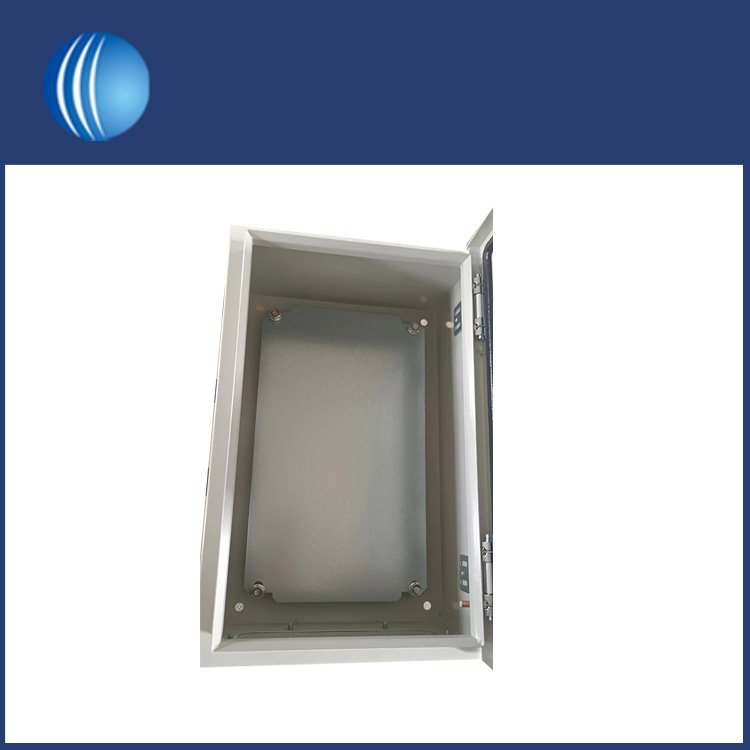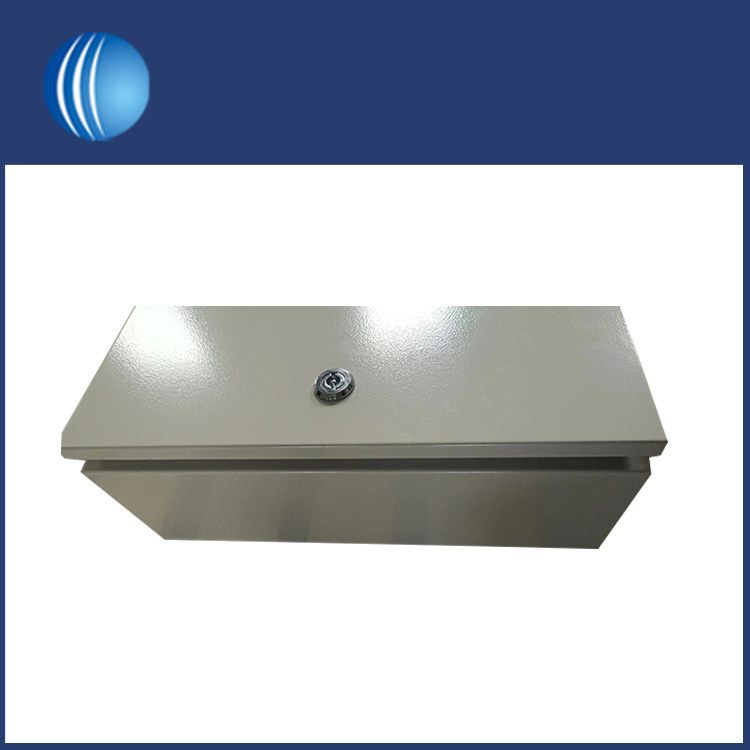
SKYT® electrical distribution box is the control and distribution center that ensures safe and effective grounding distribution and management of electrical facilities in buildings or buildings.
Electrical distribution box, also known as switchboard or power distribution box, is a key component of the electrical system. Its quality and performance are directly related to power safety and stable power operation of the circuit. The following descriptions are the details for the swap box:
Qualification of internal components: The internal components of the electrical distribution box, such as necessary fuses, terminal blocks, etc., comply with national or regional electrical safety standards and regulations, and have undergone strict inspection and certification, so as to ensure that in the case of current overload or short circuit, etc. These components can reliably cut off power to prevent fire or equipment damage.
Sufficient space:There needs to be enough space inside the electrical distribution box to carry the necessary wiring such as wires, cables, and fixture connections. This ensures neat wire connections, making wire connections more convenient and reducing access for maintenance and repairs.
Housing quality: The housing of the electrical distribution box must be equipped with the following features:
Waterproof: To prevent moisture intrusion, thereby reducing the safety of the circuit.
Corrosion resistance: Prevent the shell from being corroded and extend the service life of the box.
Gas Tightness: Ensures internal electrical component bases are protected from environmental influences such as dust or moisture.

Wiring rules: The internal wiring of the electrical distribution box should be carried out in accordance with the prescribed safety standards, and strict wiring rules should be followed to ensure the reliability of the circuit connection. Use high-quality wires and connectors to reduce the risk of fire and failure and ensure the stability and safety of current transmission.
Safety protection function: The electrical distribution box must have overload protection and short-circuit protection functions. These protective devices can automatically cut off power when a circuit overheats or shorts out, preventing fires and equipment damage.
Material requirements: The shell material of the electrical distribution box should meet the following requirements:
Drop resistance: The material must have sufficient strength to prevent damage from external impacts during installation or use.
Non-flammable: Enclosure materials must be non-combustible to prevent the spread of flames and fire hazards, reducing the risk of fire.
Resistance to leakage and surge: The material should have electrical insulation, and the electrical distribution box shell must be able to effectively resist current interference such as leakage and surge to electrically maintain the stability of the system.

Shape, size and construction: The shape, size and construction of electrical distribution boxes vary depending on the application and needs. It can be customized to suit different electrical systems, including different inputs and voltage outputs, and different numbers of power inputs. Additionally, advanced switches may include additional security features, such as some temperature monitoring and remote control.
In short, the junction box plays a vital role in the electrical system, integrating power distribution and control functions, improving power consumption efficiency, and ensuring the safe distribution and control of power. Electrical distribution boxes must meet strict quality standards and specifications to ensure the safety and efficiency of electricity use in buildings.
